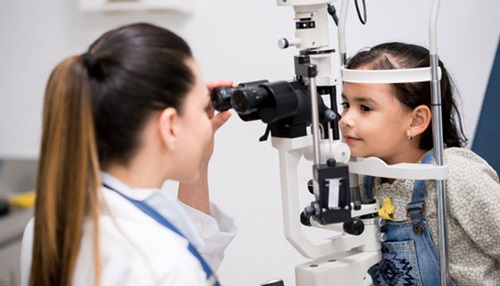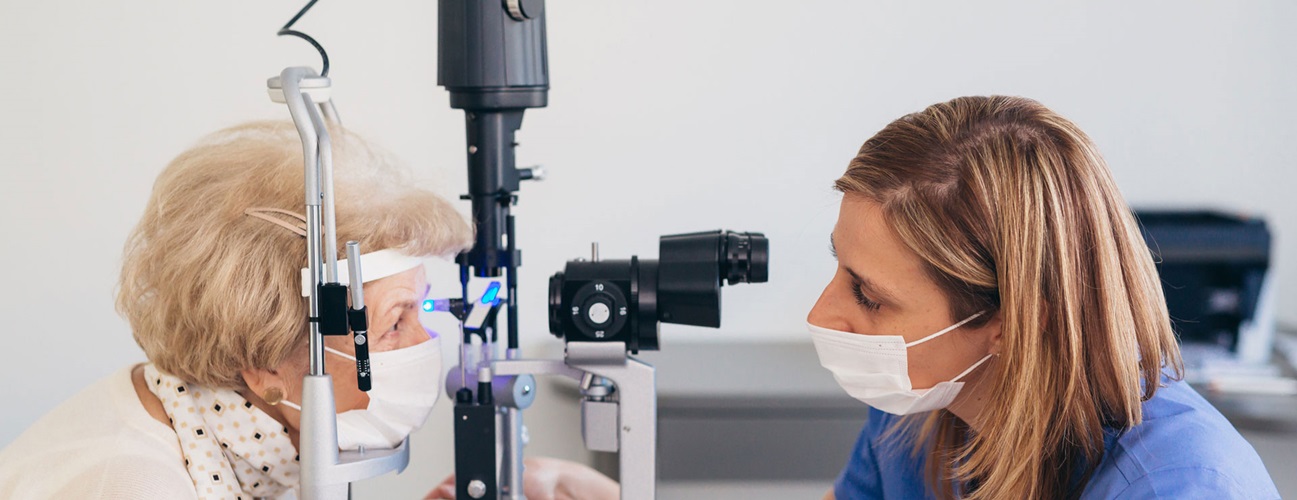Ocular Mucous Membrane Pemphigoid
Reviewed By:
Ocular mucous membrane pemphigoid (MMP) is a form of a rare autoimmune disorder called mucous membrane pemphigoid. This condition leads to blistering lesions that can affect various mucous membranes in the body. These lesions may appear in the mouth (including the gums and buccal mucosa), eyes, nose, throat, genitalia and anus, and on the skin.
While oral MMP often has a less severe course, ocular MMP can be particularly challenging. If left untreated, the ocular disease causes bilateral blindness in 20% of cases and severe vision loss in 30% of affected eyes.
The exact cause of MMP remains unknown, but it is associated with the immune system turning on the body, the presence of autoantibodies, autoreactive T cells, and complex mechanisms that lead to disease activation and remission at various affected mucosal sites. It can occur at different ages, but most commonly manifests when a person is between 40 and 70 years old.
Symptoms of Ocular Mucous Membrane Pemphigoid
Symptoms of ocular MMP include:
- Roughness on the inside of the eyelids
- Grittiness, redness or pain in the eye
- Inward turning of the eyelashes or eyelids
- Shrinking of the space between the eye and eyelid
- Symblepharon: an abnormal adhesion that sticks the eyeball to the eyelid, causing them to be partially or completely attached
- Thickening of the eye’s surface, resembling skin
Severe cases of ocular MMP may lead to vision problems in the affected eyes.
Wilmer Eye Institute

Diagnosis of Ocular Mucous Membrane Pemphigoid
If a physician suspects ocular MMP, a complete ophthalmologic evaluation will be performed. This may involve a biopsy, in which a small sample of tissue from the conjunctiva of the eye or from the gums is examined.
Treatment of Ocular Mucous Membrane Pemphigoid
Systemic treatment, a therapeutic approach that targets the immune system throughout the body via the bloodstream, has proven successful in approximately 90% of MMP cases. Because of the substantial risk of vision loss, ocular involvement in MMP is an indication for aggressive immunosuppressive drug therapy. Treatment entails the use of immunosuppressive medications, oral or intravenous, aimed at reducing the immune response and slowing or avoiding further scarring in the eye. Without treatment, ocular MMP progresses in about 75% of patients. With certain immunosuppressive treatments, remission of the ocular disease may be achieved, but regular monitoring is essential.
Other treatments are aimed at addressing lid abnormalities, misdirected lashes, ocular surface disease, corneal disease and dry eye. These treatments include topical and systemic medications, therapeutic contact lenses and surgical procedures.






